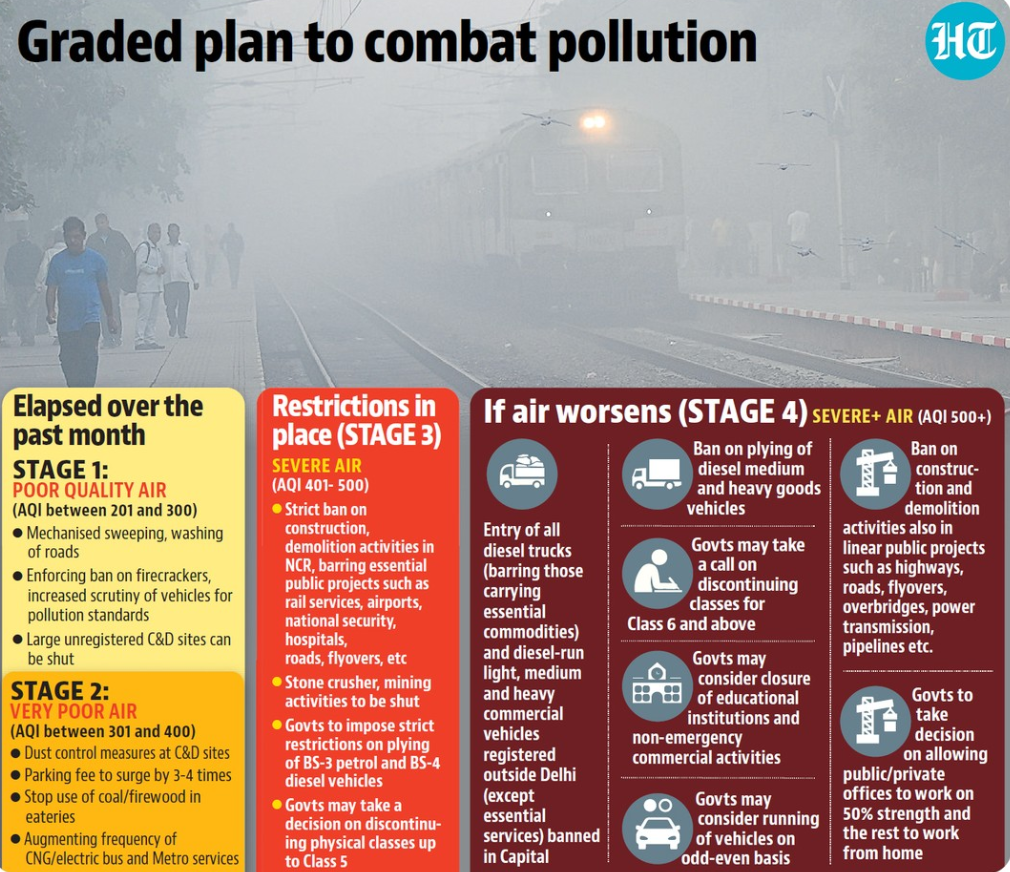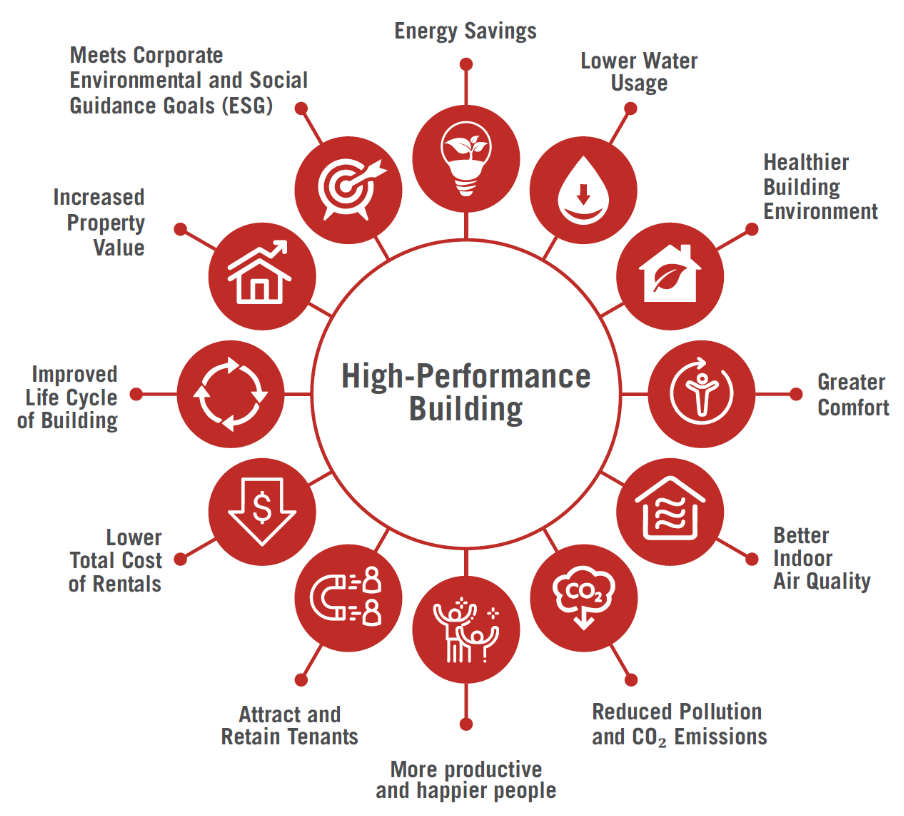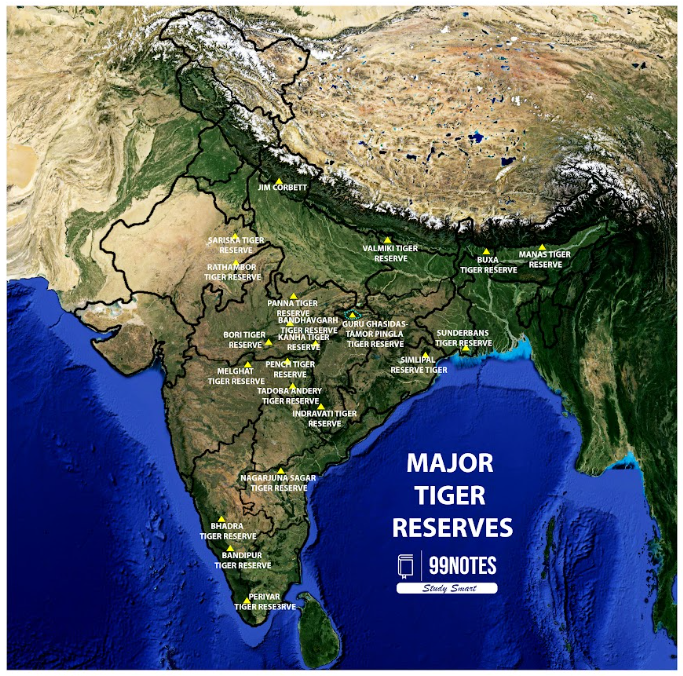19 November 2024 : Daily Current Affairs
1. Fossil Fuel Non-Proliferation Treaty: A Bold Step Toward Phasing Out Fossil Fuels for a Sustainable Future
- 1. Fossil Fuel Non-Proliferation Treaty: A Bold Step Toward Phasing Out Fossil Fuels for a Sustainable Future
- 2. How can design help a building be more climate-resilient?
- 3. How sustainable is India’s path to net-zero with 45 years left?
- Prelims Facts
- 1. 56th Tiger Reserve of the country notified in Chhattisgarh
- 2. ‘One Day One Genome’ initiative to harness the microbial potential of India
- 3. Aphantasia: Exploring the Spectrum of Visual Imagination and Brain Connectivity
- 4. Supreme Court Questions Delay in Implementing Stage IV of Graded Response Action Plan Amid Delhi’s Pollution Crisis
(Source: Indian Express; Section: Explained; Page: 11)
| Context: |
| The proposal for a Fossil Fuel Non-Proliferation Treaty (FF-NPT) seeks to address the climate crisis by drawing parallels between the existential threats posed by fossil fuels and nuclear weapons, advocating for a legally binding framework to phase out fossil fuel production and transition to renewables. |
Analysis of News:
The Case for FF-NPT
Global Threat of Fossil Fuels:
- Fossil fuel emissions have surged by 8% since the Paris Agreement in 2015.
- Current trajectories risk exceeding the 1.5°C warming limit, with projections pointing to a catastrophic 3°C rise.
Goals of the Treaty:
- Non-proliferation: Halt expansion of coal, oil, and gas production.
- Fair Phase-out: Equitable reduction in fossil fuel production, prioritizing historical emitters for faster transitions.
- Just Transition: Ensure renewable energy adoption and economic diversification, leaving no community or worker behind.
Growing Support for FF-NPT
Endorsements:
- Backed by 13 Small Island Developing States like Fiji and Vanuatu.
- Supported by Colombia, a major coal producer, and 70 sustainable banks.
Advocacy:
- Prominent figures like Ban Ki-Moon and indigenous groups advocate for it.
- Financial institutions are beginning to align with its principles.
Challenges to FF-NPT Implementation
Financial Barriers:
- Developing countries need substantial climate finance to phase out fossil fuels and adapt to climate impacts.
- Without sufficient funding, equitable implementation remains elusive.
Resistance from Major Economies:
- Fossil fuel-dependent countries like India and Indonesia are yet to engage extensively with the initiative.
- Balancing development needs with climate commitments is a complex challenge for these nations.
India’s Position
Current Status:
- India’s fossil fuel emissions are projected to rise by 4.6% in 2024.
- As a large, fossil fuel-reliant economy, India’s participation is crucial for FF-NPT’s success.
Potential Benefits:
- A just transition framework could help India manage its energy needs while advancing renewable energy adoption.
- Participation aligns with justice and equity principles, offering financial and technical support for a sustainable future.
Conclusion
- The FF-NPT is an ambitious initiative that complements the Paris Agreement by directly addressing fossil fuel production.
- While its success hinges on equitable finance and widespread global cooperation, its principles offer a path toward a sustainable energy future, necessitating stronger engagement from major economies like India.
| Why do we need a Fossil Fuel Non-Proliferation treaty? |
|
| Practice Question: Discuss the concept of the Fossil Fuel Non-Proliferation Treaty (FF-NPT) and its significance in addressing the global climate crisis. Highlight the challenges to its implementation and examine India’s potential role in this initiative. (250 words/15 m) |
2. How can design help a building be more climate-resilient?
(Source – The Hindu, International Edition – Page No. – 11)
| Topic: GS3 – Environment |
| Context |
|
| What Are High-performance buildings (HPBs)? |
|
Sustainable Materials
- Focuses on materials that are durable, energy-efficient, and prioritise occupant health.
- Prefers materials with low embodied carbon (emissions produced during manufacturing) and high recycled content.
- Life-cycle assessments evaluate the environmental impact of materials and help select the most sustainable options.
- Low-emission interior materials improve indoor air quality by reducing volatile organic compounds (VOCs).
Energy Efficiency
- Buildings account for approximately 40% of global energy consumption.
- Passive design strategies use natural light, optimise building orientation, and take advantage of thermal mass to reduce heating, cooling, and lighting demands.
- Active design strategies include energy-efficient HVAC systems, lighting, appliances, and smart technologies (e.g., automated lighting control and occupancy sensors).
- HPBs aim for net-zero or net-positive energy performance by using renewable energy systems such as solar and wind.
Water Conservation
- HPBs address water scarcity through efficient fixtures, rainwater harvesting, and on-site wastewater treatment systems.
- Rainwater harvesting provides water for non-potable uses like irrigation and sanitation.
- On-site systems recycle greywater for irrigation and treat blackwater using biological systems like constructed wetlands.
- Advanced water management systems, such as aerobic membrane bioreactors, contribute to zero-discharge status.
Performance Monitoring
- Continuous performance monitoring ensures HPBs operate efficiently and meet design goals.
- Advanced systems track energy consumption, water use, and indoor environmental quality in real time.
- Real-time data helps identify inefficiencies and informs corrective actions, enhancing operational performance.
Climate Resilience
- HPBs are designed to withstand extreme weather events, including heatwaves and flash floods.
- Features like durable materials, diverse energy systems, and passive survivability ensure buildings remain habitable during power outages.
- Renewable energy systems and water management practices (e.g., rainwater harvesting) ensure sustainability during adverse weather conditions.
Conclusion
- HPBs set benchmarks for sustainability and resilience in modern construction.
- They provide environmental, economic, and social benefits, including reduced operational costs and improved real estate value.
- Widespread adoption of HPBs can lead to a more sustainable and resilient built environment.
| Practice Question: Discuss the role of High-Performance Buildings (HPBs) in promoting sustainability in urban construction. Highlight the key strategies involved in their design, energy management, and climate resilience. (150 Words /10 marks) |
3. How sustainable is India’s path to net-zero with 45 years left?
(Source – The Hindu, International Edition – Page No. – 7)
| Context |
|
Impact of the 2024 U.S. Election on Climate Action
- The 2024 U.S. presidential election is likely to have a greater impact on global climate efforts than COP-29 itself.
- National interests may hinder global climate cooperation, especially when developed countries, like the U.S., have fewer incentives to change course compared to developing nations such as India.
- India’s commitment to net-zero emissions by 2070 highlights the disparity in climate action responsibilities between developed and developing nations.
| Why Net-Zero Targets Matter |
|
Equity in Climate Action
- Developed countries, responsible for most historical emissions, are expected to lead the transition to net-zero by 2050.
- Developing countries like India are given more time to balance development with climate action.
- Developed countries have failed to meet climate financing expectations.
- Small island nations are disproportionately affected by climate change.
Per Capita Emissions In India
- India’s per-capita emissions are among the lowest in the world.
- The wealthiest 10% in India contribute 20 times more emissions than the poorest 10%.
- Climate change disproportionately affects the poor in India.
Challenges in India’s Climate Transition
- India’s large size and diversity mean some regions are more polluting than others, and the country lacks the resources to support developed-world lifestyle standards for its entire population.
- Unsustainable lifestyle aspirations could exacerbate issues such as food shortages, groundwater depletion, and biodiversity loss by the 2040s.
The Need for a New Consumption Model
- Unchecked consumption could lead to a massive increase in power demand by 2070, requiring 5,500 GW of solar and 1,500 GW of wind.
- Current renewable energy capacities are 70 GW for solar and 47 GW for wind, far below the required levels.
- Achieving renewable energy targets may conflict with the need for land to support food security and biodiversity.
- A balanced long-term strategy should focus on “sufficiency consumption corridors,” limiting unsustainable growth while meeting development goals.
Demand and Supply-Side Measures for Sustainability
- Demand-side measures include energy-efficient construction, transport, and mindful consumption choices.
- On the supply side, India should decentralise energy production, expand nuclear power capacity, and focus on renewable energy integration.
- As global climate targets become increasingly urgent, India must act decisively to ensure a sustainable future, despite external challenges like U.S. leadership and global climate finance gaps.
| Practice Question: Critically analyse the challenges faced by developing countries like India in achieving net-zero emissions while ensuring sustainable development. Discuss the role of global cooperation and equity in climate action. (250 Words /15 marks) |
Prelims Facts
1. 56th Tiger Reserve of the country notified in Chhattisgarh
(Source – https://pib.gov.in/PressReleseDetail.aspx?PRID=2074302®=3&lang=1 )
| Context |
|
Guru Ghasidas-Tamor Pingla Tiger Reserve:
- Location: Chhattisgarh, covering Manendragarh-Chirmiri-Bharatpur, Korea, Surajpur, and Balrampur districts.
- Size: 2,829.38 sq.kms, making it the 3rd largest tiger reserve in India.
- Core Area: 2,049.2 sq.kms, including Guru Ghasidas National Park and Tamor Pingla Wildlife Sanctuary.
- Buffer Zone: 780.15 sq.kms.
- Connected Reserves: Part of a landscape complex with Sanjay Dubri Tiger Reserve (Madhya Pradesh), and links to Bandhavgarh Tiger Reserve (West) and Palamau Tiger Reserve (East).
- Fauna: 753 species documented, including 230 bird species and 55 mammal species, with many threatened species.
| More About Tiger Reserves |
|
Definition: Tiger reserves are protected areas established for the conservation of tigers and their habitats. Management: Managed by the National Tiger Conservation Authority (NTCA) in India. Core and Buffer Zones: Core zones are strictly protected; buffer zones allow limited human activity. Legal Framework: Governed by the Wildlife Protection Act, 1972, and the NTCA guidelines. Ecological Importance: They help maintain ecological balance by protecting various species and forest ecosystems. Tourism: Some reserves promote eco-tourism, supporting local economies while ensuring wildlife protection. Examples: Jim Corbett, Sundarbans, and Ranthambhore are prominent tiger reserves in India. |
| Practice Question: Tiger reserves play a crucial role in conservation efforts in India. Discuss their significance in biodiversity preservation, challenges faced in their management, and the role of the National Tiger Conservation Authority (NTCA). (250 Words /15 marks) |
2. ‘One Day One Genome’ initiative to harness the microbial potential of India
(Source – https://pib.gov.in/PressReleseDetail.aspx?PRID=2074247®=3&lang=1 )
| Context |
|

‘One Day One Genome’ Initiative:
- Initiative: ‘One Day One Genome,’ launched on the foundation day of the Biotechnology Research and Innovation Council (BRIC).
- Objective: To highlight India’s microbial diversity, focusing on unique bacterial species found across the country.
- Key Focus Areas: Environmental conservation, agriculture, and human health.
- Microbial Importance: Microorganisms play a crucial role in biogeochemical cycles, soil formation, degradation of organic waste, and pollution control. They also contribute to methane production and nutrient cycling in agriculture.
- Agricultural Role: Aid in nitrogen fixation, maintaining soil fertility, pest control, and plant stress responses.
- Health Contribution: Microorganisms are vital for digestion, immunity, and mental health, with non-pathogenic microbes protecting against infectious diseases.
- Genome Sequencing: Enables visualisation of microbial potential, identifying enzymes, antimicrobial resistance, and bioactive compounds.
- Public Access: Fully annotated bacterial genomes will be freely available, along with graphical summaries and genome assembly details.
- Impact: Promotes scientific research, innovation, and public awareness, benefiting the environment, agriculture, and human health.
3. Aphantasia: Exploring the Spectrum of Visual Imagination and Brain Connectivity
(Source: Indian Express; Section: Explained; Page: 11)
| Context: |
| The article explores aphantasia, a condition of limited or no visual imagination, and its connection to brain sensory integration revealed through recent research. |
Analysis of News:

What is Aphantasia?
- Definition: Aphantasia is the inability or limited ability to create mental images, even when prompted by sensory inputs like sound.
- Prevalence: It affects roughly 2% of the population.
- Discovery: First noted by Francis Galton in the 1880s and named in 2015 by neurologist Adam Zeman.
Study Insights on Auditory-Visual Connection
- Research Method:
Blindfolded participants listened to auditory scenes (e.g., forest sounds, crowds, traffic) while undergoing brain scans. - Findings:
- In individuals without aphantasia, auditory stimuli activated the brain’s visual cortex.
- In those with aphantasia, these neural responses were significantly weaker.
- Implication:
The study suggests that the brain’s sensory systems are more interconnected than previously thought.
Understanding the Spectrum
- Aphantasia lies on a spectrum of visual imagination ability.
- It offers insights into individual differences in sensory processing and mental experiences.
Challenges and Future Research
- Unknown Causes:
The root causes of aphantasia remain unclear, necessitating further study. - Unique Lived Experiences:
Aphantasia underscores the diversity of human perception, challenging assumptions that everyone processes the world similarly.
4. Supreme Court Questions Delay in Implementing Stage IV of Graded Response Action Plan Amid Delhi’s Pollution Crisis
(Source: Indian Express; Section: Explained; Page: 11)
| Context: |
| The article discusses the Supreme Court’s concerns over the delay in implementing Stage IV of the Graded Response Action Plan (GRAP) in Delhi due to rising air pollution levels. |
Analysis of News:

Supreme Court’s Concern Over Delay in GRAP Implementation
- The Supreme Court of India questioned the Delhi government on November 18 regarding the delay in implementing Stage IV of the Graded Response Action Plan (GRAP), despite high pollution levels and an AQI of 441.
- The court emphasized that the Commission for Air Quality Management (CAQM) should have taken preemptive measures rather than waiting for the air quality to worsen.
- It also directed that Stage IV measures should remain in effect even if the AQI drops below 450.
What is GRAP?
- The Graded Response Action Plan (GRAP) is a set of emergency measures designed to mitigate air pollution once the Air Quality Index (AQI) in Delhi-NCR crosses certain thresholds. The plan, approved by the Supreme Court in 2016, is incremental, activating stricter measures as the air quality worsens. It includes four stages:
- Stage I: AQI 201-300 (Poor)
- Stage II: AQI 301-400 (Very Poor)
- Stage III: AQI 401-450 (Severe)
- Stage IV: AQI above 450 (Severe +)
Why Was Stage IV Implemented?
- Stage IV of GRAP was triggered following a review of the air quality, which saw the AQI rise to 441 on November 17, 2024.
- Meteorological conditions, such as heavy fog and unfavorable winds, contributed to the pollution levels, with forecasts indicating persistent adverse conditions.
Measures Under GRAP IV
Stage IV imposes stringent measures to control pollution:
- Truck Restrictions: Entry of non-essential trucks into Delhi is banned, with exceptions for trucks carrying essential commodities.
- Light Commercial Vehicles (LCVs): LCVs not meeting specific emission standards (CNG/BS-VI) are barred from entering Delhi, except for essential services.
- Diesel Vehicle Ban: A ban on BS-IV and lower diesel-operated goods vehicles is enforced.
- Construction & Demolition: Banned, including linear public infrastructure projects like highways and power transmission lines.
- School Closures: Governments may switch physical classes to online mode for certain grades.
- Workforce Restrictions: Public and private offices are to operate with 50% staffing, with work-from-home options encouraged.
- Government Decisions: The central government and NCR states may implement further emergency actions, including vehicle odd-even restrictions and the closure of educational institutions.
Health Advisory
- Citizens, especially children, the elderly, and those with pre-existing health conditions, are urged to minimize outdoor activities and stay indoors to reduce exposure to harmful pollutants.
- The GRAP measures are intended to help sustain and improve air quality in the region.





